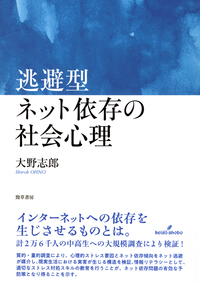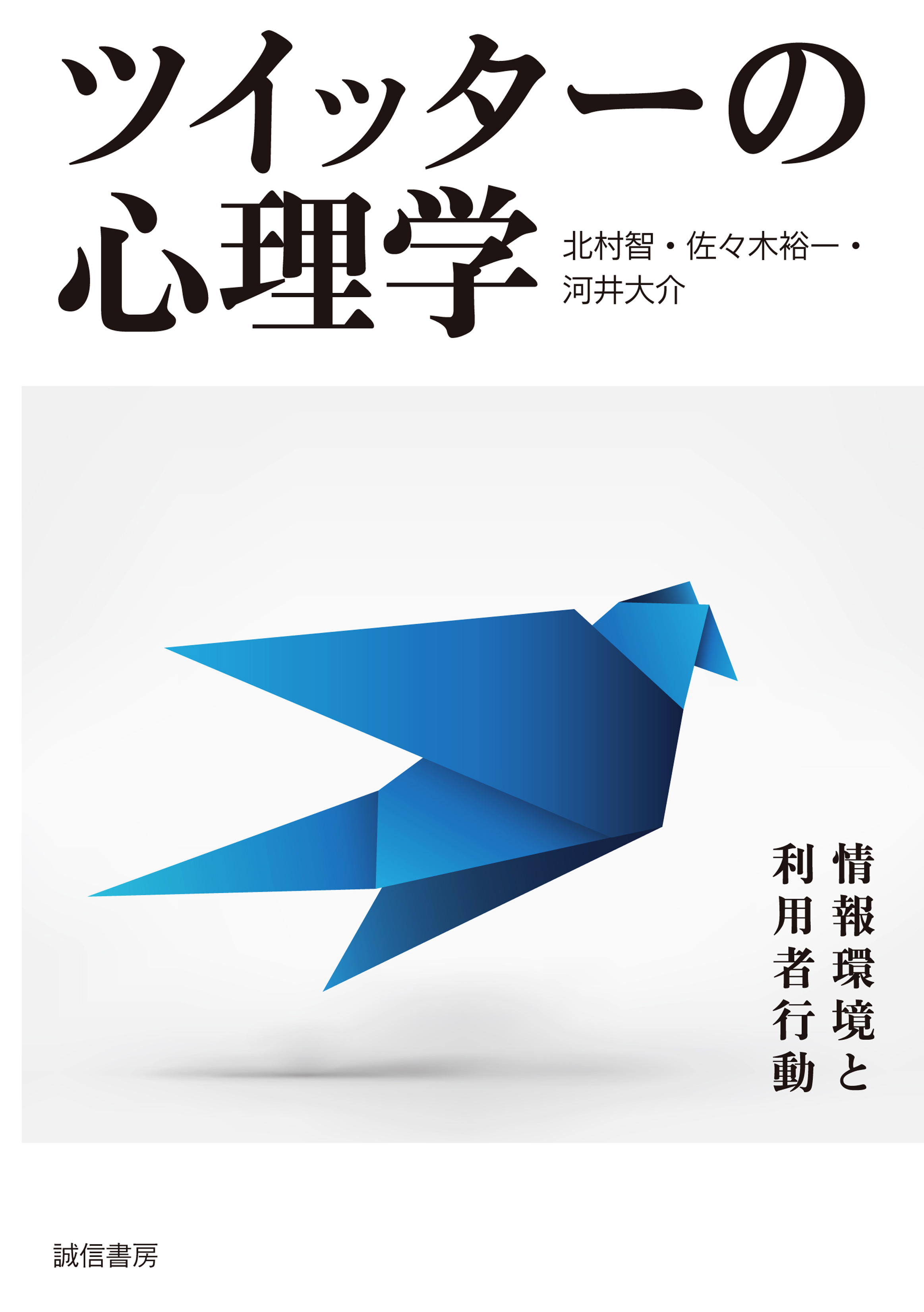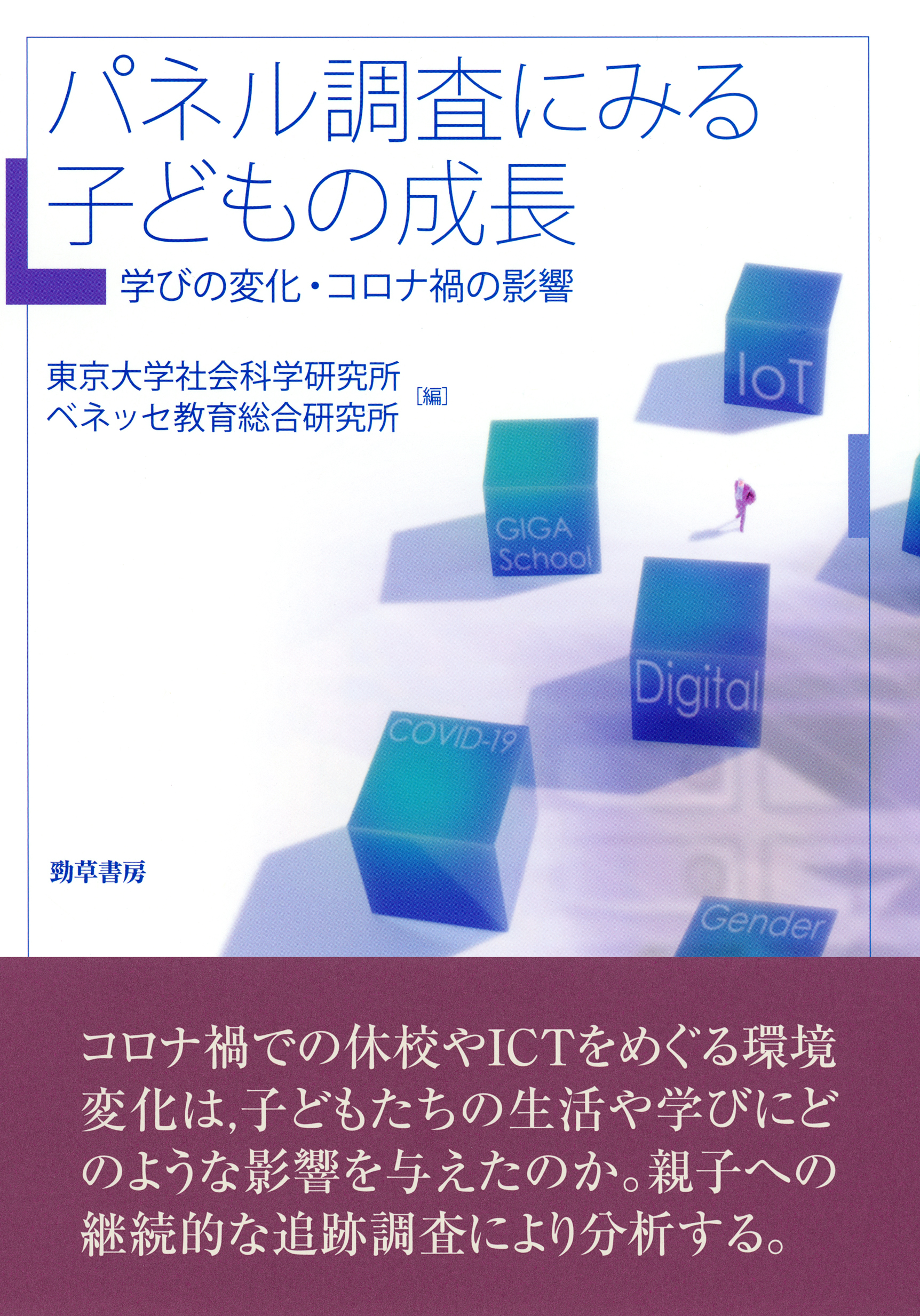
Title
Tohi-gata Net-izon no Shakai-shinri (The Social Psychology of Escapism-Driven Internet Addiction)
Size
224 pages, A5 format
Language
Japanese
Released
January, 2020
ISBN
978-4-326-25138-4
Published by
Keisho Shobo
Book Info
See Book Availability at Library
Japanese Page
In addition to providing an overview of the academic research conducted on Internet addiction thus far, this book also examines in detail the factors that influence Internet addiction and argues that Internet use that is motivated by escapism is an extremely important predictor of Internet addiction.
The accumulated quantitative research on Internet addiction has demonstrated the relationship between various psychosocial variables and Internet addiction. However, it has been indicated that while almost all the negative psychosocial variables have a tendency to influence Internet addiction, no theory has been adequately developed to explain this relationship, which makes it difficult to establish a practical strategy to address the problem. To provide guidelines for education aimed at preventing Internet addiction, the author developed and verified a “model on escapism-driven Internet addiction” based on the hypothesis that using the Internet for escapism is a major factor that links various psychosocial pains and stresses to the tendency of developing Internet addiction.
First, to confirm the state of escapism-driven Internet use, a group interview that was conducted with people who had suffered serious harm from Internet use was analyzed. The analysis indicated that 18 out of the 21 people interviewed were using the Internet for escapist purposes and that stressful situations in their lives were a possible factor. In addition, a questionnaire survey that was conducted on junior high school students in Yokohama (n = 10,596) found that 21.5% of the students surveyed were suffering harm from Internet use as it resulted in them being absent from school, failing a test, being physically unhealthy, mentally unstable, estranged from friends, or withdrawn from society. In a questionnaire survey conducted on high school students in Tokyo (n = 15,191), 13.5% of respondents answered that they were either “always” or “often” using the Internet for escapist purposes.
Using the results of the surveys on junior high school and high school students, the “model on escapism-driven Internet addiction” was verified through a covariance structure analysis. The analysis revealed that the path that had the greatest impact on the students was one where psychological stress factors had led to escapism-driven Internet use, which then created a tendency to develop a potential Internet addiction, followed by harm sustained from Internet use. In addition, the analysis showed that psychological stress factors were linked to an increase in the tendency to develop a potential Internet addiction through mainly escapism-driven Internet use. This same link was found in a simultaneous analysis of several groups divided according to gender, school year, and web applications used over a long term. Furthermore, in an examination conducted on enthusiasts of smartphone games, the aforementioned model was confirmed to be applicable as well. Therefore, these findings demonstrate that the model on escapism-driven Internet addiction may become one of the leading theoretical models for the problem of Internet addiction. In the future, there will be a need to establish methods that will curb the use of the Internet for escapist purposes and to raise awareness about escapism-driven Internet use in educational settings.
(Written by OHNO Shiro, Assistant Professor, Interfaculty Initiative in Information Studies / 2020)



 Find a book
Find a book


 eBook
eBook
